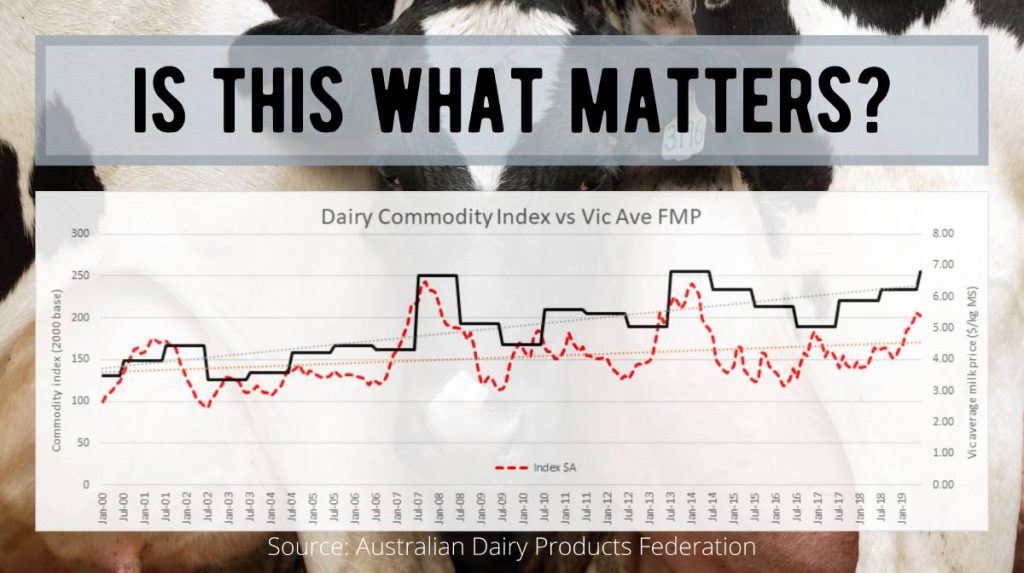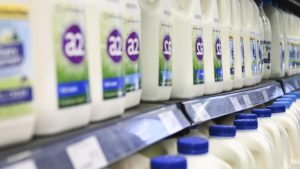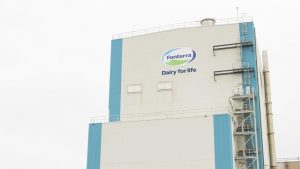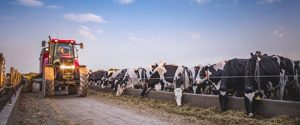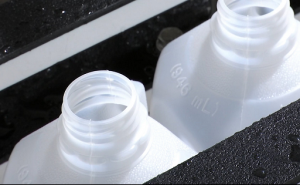
But processors say the 20 per cent of DA’s post-farmgate expenditure is of little value to them.
ADF strategy and policy director Craig Hough says the need to drive productivity, which means producing more from less, on dairy farms is overwhelming.
“Because we have declining terms of trade, we have to improve productivity to offset that,” he said.
“If we don’t, we’ll be far worse off.”
According to ABARES, the Australian dairy industry had a productivity gain, if you can call it that, of zero over the last 10 years.
But Australian Dairy Plan figures show that, to maintain profitability, it needs productivity improvements of at least 1pc a year.
R&D, Mr Hough says, is key to helping farms become more productive.
It had accounted for almost half the dairy industry’s total productivity gains over 30 years.
“There is a positive cost-benefit ratio of three to one,” Mr Hough said.
And, he said, as Australia’s investment in R&D slid, so had our competitiveness on world markets.
The solution was to boost the country’s spend from the 1.8-2.2pc of gross domestic product (GDP) to 3pc, putting Australia above the OECD average.
Should processors pay?
Of course, the big question is who should pay for the extra R&D.
Compulsory levies paid by dairy farmers accounted for 56pc of the industry’s R&D and marketing body, Dairy Australia, while taxpayers contributed another 36pc.
Mr Hough said processors should contribute their fair share to support post farm gate RD&E and marketing at Dairy Australia.
In fact, ADF estimates that one in every five dollars spent by DA was directed at the industry beyond the farm gate.
“If you’re getting benefit, you should be paying the cost that’s relative to the benefit accrued,” he said.
“Charging processors for some of the work DA’s doing post-farmgate may end up being reflected in the milk price.
“That’s a risk that our members have identified but, at the moment, they’re paying anyway so we want to really get some good policy discipline around the fees that are charged.”
Asked about the possibility processors would be required to contribute to industry R&D, Australian Dairy Products Federation chairman Grant Crothers appeared to play down the value of DA’s post-farmgate expenditure.
“Processors see R&D as proprietary and have limited interest in generic R&D,” Mr Crothers said.
“It is well recognised that processors annually invest many millions of dollars in innovation and R&D, which we don’t see changing anytime soon.
“The Southern Region Farmgate Milk Price (FMP) vs the AUD Dairy Commodity index provided by Dairy Australia shows that, over a 20 year period, FMP has appreciated at a greater rate than commodities and this is only possible through reduced processor profit margins, innovation, efficiency, and moving up the value chain or a combination of each.
“The Australian processing sector has been moving away from commodities for many years and this has afforded an increase in FMP beyond what commodities deliver, which is quite different to what some peer industries (such as NZ) have experienced.”
Accountability
While Dairy Australia had improved its reporting in line with new government requirements, Mr Hough said farmers deserved to know the return on investment for each of their levy dollars.
“For example, X amount of labour costs reduced as a result of new technology that you can translate into savings and establish the return on investment,” he said.
“Many projects, for example Dairy Futures CRC and DairyBio, do this very well.
“The challenge is to raise the bar on others to provide a level of consistency where measurement is clear at the project and strategy levels.”
ADF would also like to see greater efficiencies across the RDC system.
Cross-commodity issues like climate change could be handled by a single body rather than be duplicated, while “back of house” functions like payroll could also be consolidated.
How much should farmers pay?
Mr Hough didn’t rule out the need to increase the amount farmers paid for R&D.
“It depends on what you’re spending the money on,” he said.
“If those investments are sound, yes, the increase should happen because although it can take 10 years or more but the evidence is clear: R&D does pay.”
But just how much more farmers should pay for research and development was difficult to say.
“There’s no simple answer to that,” Mr Hough said.
“Efficiency and the evaluation capability have to be put into the mix and if we can attract more private investment into ag R&D then that potentially could reduce the farmer levy, so it could go the other way as well.
“The key is to really get up to that 3pc of GDP, assuming we’ve got a really efficient and targeted system that’s delivering benefits as well.”
Mr Hough said affordability also had to be considered.
“Capacity to pay is a really important point – you mean you can’t commit to something that people can’t afford, that would be just ludicrous,” he said.
“I guess you can only put it up as a proposal but we really have to assess what that investment pie looks like and what those returns are and be very, very transparent about that.
Dairy Australia was approached for comment but did not respond before deadline.
